
Mixed-use Developments
Understanding Mixed-use Developments
Mixed-use developments are becoming increasingly popular in urban planning, and for good reason! These spaces blend residential, commercial, cultural, and recreational uses into one cohesive environment. Imagine living in a neighborhood where you can walk to your favorite coffee shop, grocery store, and park—all without needing to jump in your car. 🚶♂️
What Are Mixed-use Developments?
At its core, mixed-use development integrates various functions into a single area. This can range from a single building that houses apartments above retail shops to entire neighborhoods designed with this concept in mind. The idea is to create a vibrant community where people can live, work, and play all in one place.
The Evolution of Urban Design
Historically, human settlements were naturally mixed-use, but the industrial revolution brought about zoning laws that separated residential, commercial, and industrial areas. This separation often led to urban sprawl, increased reliance on cars, and a disconnection between communities. Thankfully, the tide is turning back toward mixed-use developments as cities recognize the benefits of integrating different uses.
Benefits of Mixed-use Developments
- Enhanced Walkability: These developments promote walking and biking, reducing the need for cars. This not only eases traffic congestion but also fosters a healthier lifestyle.
- Community Engagement: With shops, parks, and homes in close proximity, residents are more likely to engage with their neighbors and participate in community activities.
- Economic Growth: By combining residential and commercial spaces, mixed-use developments can boost local economies, providing jobs and attracting visitors.
- Sustainability: These projects often prioritize green spaces and sustainable building practices, contributing to a healthier environment.
Challenges to Consider
While the benefits are clear, mixed-use developments also face challenges. Zoning regulations can be a significant hurdle, as many cities still have outdated laws that don’t accommodate this type of development. Additionally, balancing the needs of residents and businesses can be tricky. Striking the right balance ensures that both sides thrive without one overshadowing the other.
Examples in Action
Cities like Los Angeles and San Diego have embraced mixed-use development through transit-oriented projects. These initiatives allow for denser housing near public transportation, making it easier for residents to commute without relying on cars. This not only helps reduce traffic but also promotes a more vibrant urban lifestyle.
Looking Ahead
As urban populations continue to grow, mixed-use developments will likely play a crucial role in shaping the future of our cities. With a focus on sustainability, community, and convenience, these developments offer a promising solution to some of the challenges faced by modern urban living. 🌆
Conclusion
Mixed-use developments represent a shift back to the way communities were traditionally designed. By blending various functions into one space, they create vibrant, walkable neighborhoods that foster connection and engagement. As cities continue to evolve, embracing this model may be key to building healthier, more sustainable urban environments.
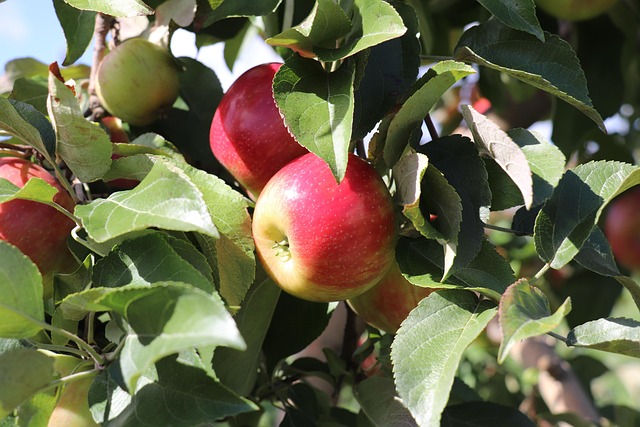

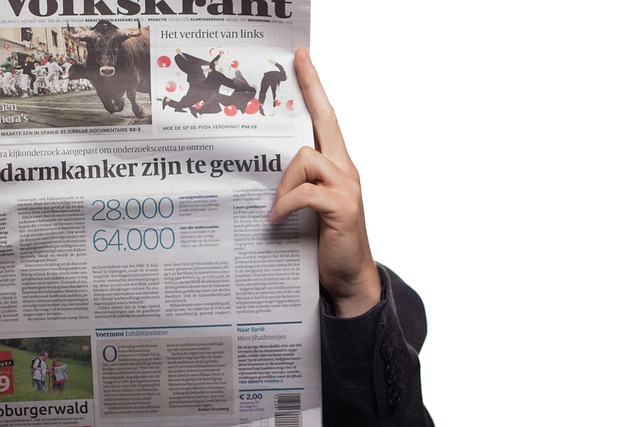
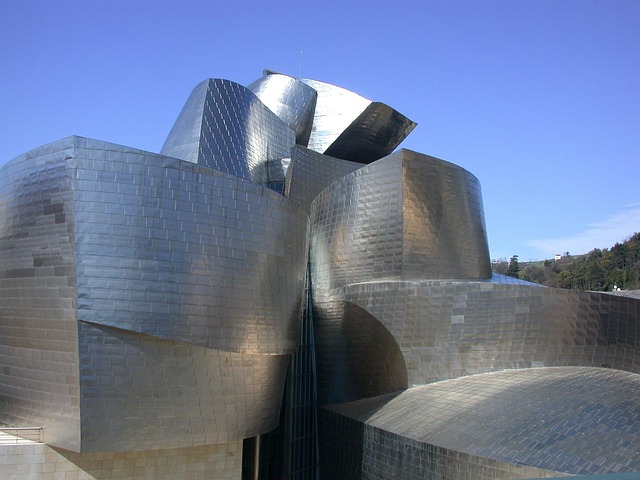
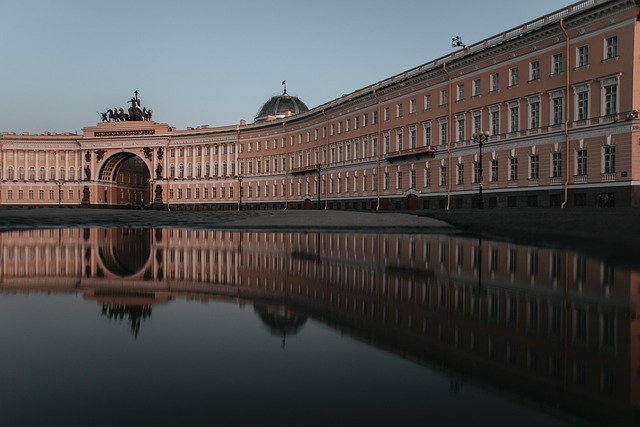





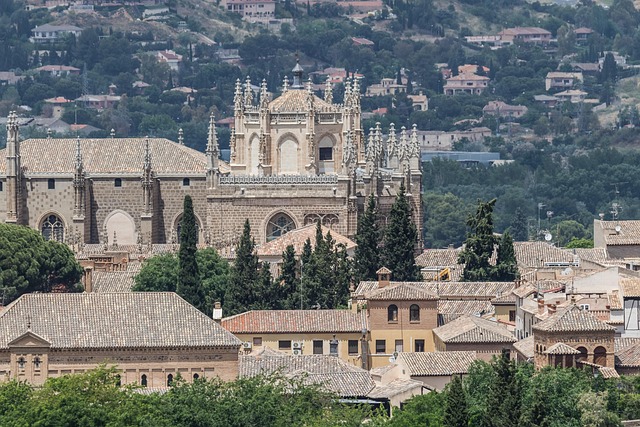






 Alignment Tool For Clutch
Alignment Tool For Clutch 
 Health
Health  Fitness
Fitness  Lifestyle
Lifestyle  Tech
Tech  Travel
Travel  Food
Food  Education
Education  Parenting
Parenting  Career & Work
Career & Work  Hobbies
Hobbies  Wellness
Wellness  Beauty
Beauty  Cars
Cars  Art
Art  Science
Science  Culture
Culture  Books
Books  Music
Music  Movies
Movies  Gaming
Gaming  Sports
Sports  Nature
Nature  Home & Garden
Home & Garden  Business & Finance
Business & Finance  Relationships
Relationships  Pets
Pets  Shopping
Shopping  Mindset & Inspiration
Mindset & Inspiration  Environment
Environment  Gadgets
Gadgets  Politics
Politics 